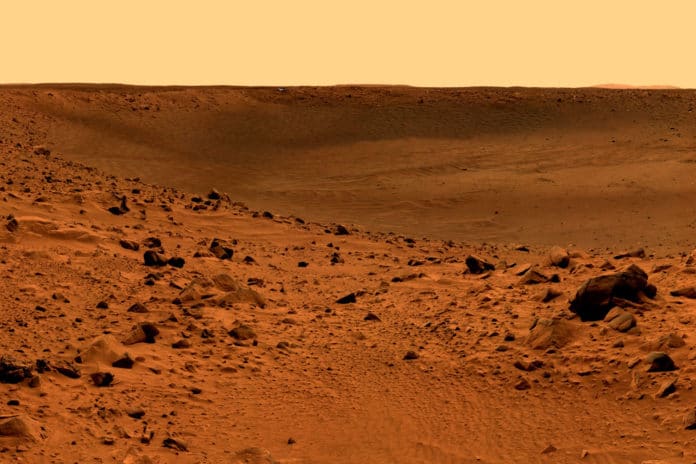The recent discovery of various classes of organic matter in Martian sediments by the Curiosity rover seems to suggest that indigenous organic compounds exist on Mars strongly.
One intriguing group of detected organic compounds was thiophenes, which typically occur on Earth in kerogen, coal, and crude oil, as well as in stromatolites and microfossils.
As discovered on Mars, and Washington State University astrobiologist Dirk Schulze-Makuch thinks their presence would be consistent with the presence of early life on Mars.
Scientists explored some of the possible pathways for thiophenes’ origins on the red planet. The study suggests that a biological process, most likely involving bacteria rather than a truffle though, may have played a role in the organic compound’s existence in the Martian soil.
Dirk Schulze-Makuch said, “We identified several biological pathways for thiophenes that seem more likely than chemical ones, but we still need proof. If you find thiophenes on Earth, then you would think they are biological, but on Mars, of course, the bar to prove that has to be quite a bit higher.”
Meteor impacts give one potential abiotic explanation. Thiophenes can likewise be made through thermochemical sulfate decrease, a process that includes a set of compounds being heated to 248 degrees Fahrenheit (120 degrees Celsius) or more.
In the biological scenario, bacteria, which may have existed more than three billion years ago when Mars was warmer and wetter, could have facilitated a sulfate reduction process that resulted in thiophenes. There are also different pathways where bacteria separate the thiophenes themselves.
Curiosity Rover uses various techniques that break larger molecules up into components so scientists can only look at the resulting fragments.
The next evidence is expected to come from the next rover, which is desired to launch in July 2020. It will be carrying a Mars Organic Molecule Analyzer, or MOMA, which uses a less destructive analyzing method that will allow for the collection of larger molecules.
Scientists recommend using the data collected by the next rover to look at carbon and sulfur isotopes. Isotopes are variations of the chemical elements that have different numbers of neutrons than the typical form, resulting in differences in mass.
The study is published in the journal Astrobiology.
